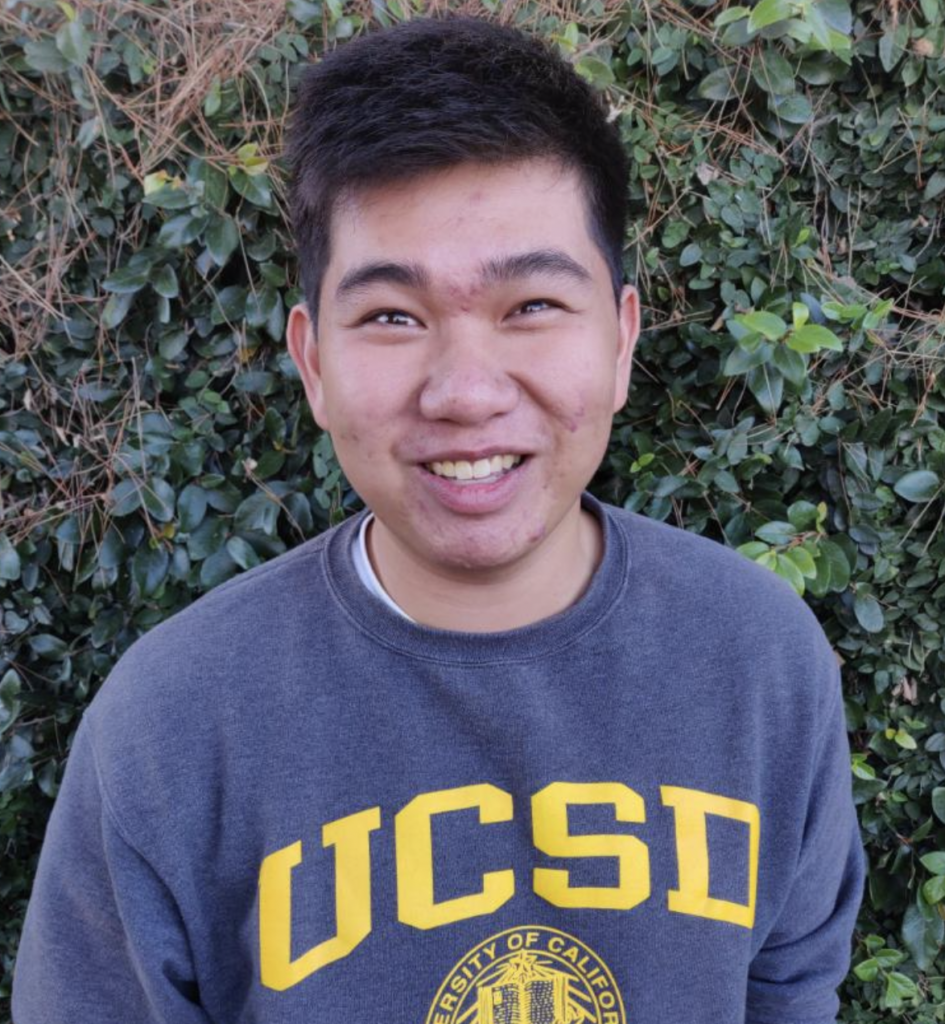
Quoc is developing high-throughput technologies in Georg Seelig's lab to construct and characterize biological networks. This work could one day enable scientists to implement complex, programmable control of gene expression in live cells for applications in disease therapeutics or metabolic engineering. Outside of the lab, Quoc invents foods and develops riddles. He holds a B.S. in Biochemistry and Cell Biology from UC San Diego. Read More
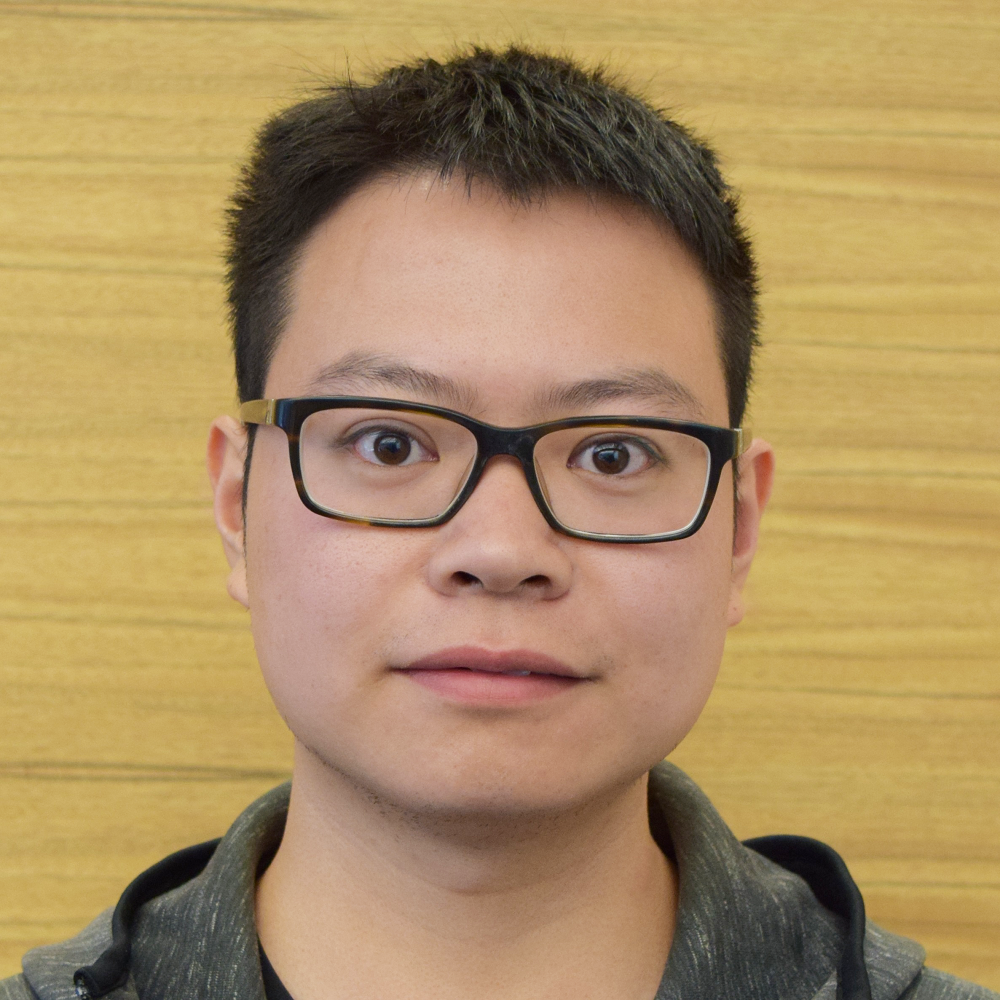
Photovoltaic devices are important for the renewable clean energy system. Today, silicon-based solar modules keep dominating the market, but various emerging techniques based on thin-film inorganic semiconductors are rapidly developing. Among thin-film technologies, chalcopyrite Cu(In, Ga)Se2 (CIGS) shows excellent light conversion efficiency. As a graduate student in Dr. Scott Dunham’s lab in the department of electrical & computer engineering, Xiaofeng is developing predictive models for the design and optimization of CIGS solar cell fabrication and device operation processes. These predictive models will help engineers and scientists design the material structure of solar cells to optimize performance. Read More
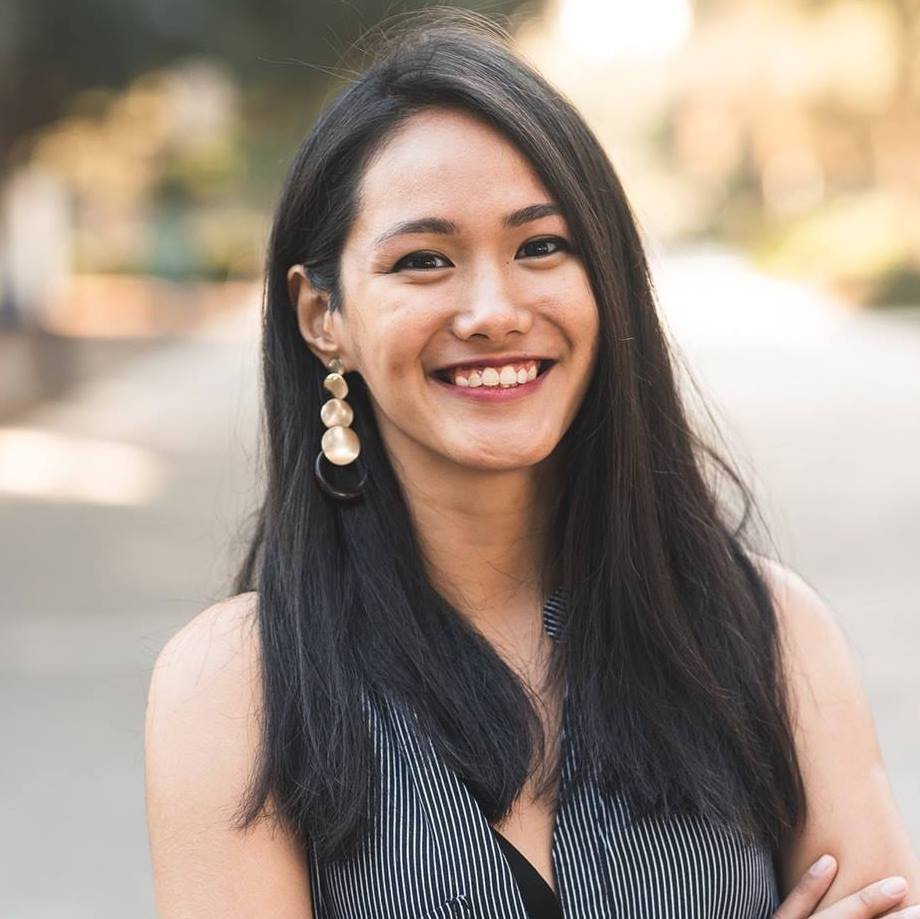
Samantha is working with Georg Seelig and Jeff Nivala as part of the Molecular Information Systems Lab. With Georg, she is working on scaling up DNA strand displacement circuit architectures for more complex computations. With Jeff, she is developing a CRISPR-based system for in vivo neural network computation. Both projects have potential applications in diagnostics and environmental monitoring as well as synthetic biology. She holds a B.A. in Molecular Biology from Pomona College, where she previously worked on chemical synthesis and synthetic biology. Read More
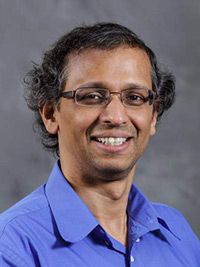
Our group develops methods in the theory and computational modeling of nanoscale devices, and applies them to emerging technologies. In particular, we are interested in emerging devices where quantum mechanics plays a fundamental role in determining device behavior. Such devices have the potential to impact the fields of low power electronics and bio/chemical sensing technologies. We use both methods developed by us and other groups to design and simulate nanodevices and explain experiments. Our current research involves charge transport in (i) emerging memory devices where atom movement is central to information storage, (ii) bio nanostructures (DNA and peptides), (iii) molecular nanostructures and (iv) solar cells. Read More
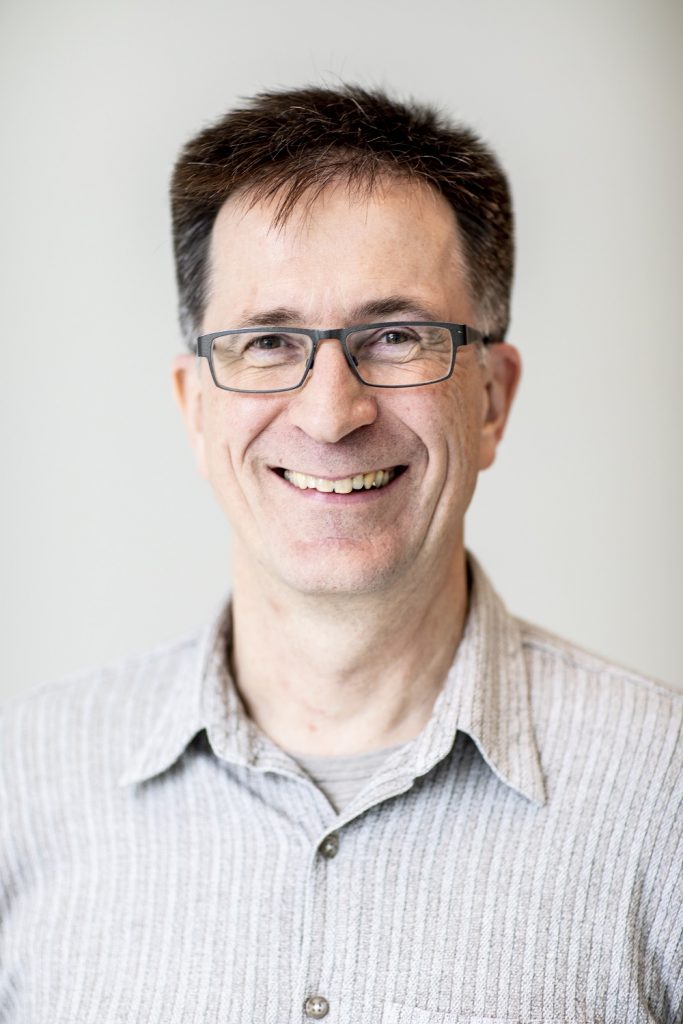
In our lab, we work on many aspects of micro and nano electro mechanical systems (MEMS / NEMS). This research tends to be very interdisciplinary, and we have collaborations in biology, chemical engineering, bioengineering, computer science, and other departments. We have built, for example, self-assembling microstructures, biomedical implants, systems for docking of picosatellites, and walking microrobots. Read More
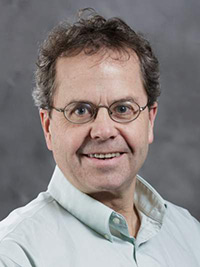
Professor Dunham's MolES-related interests lie in modeling and simulation of chalcopyrite (CIGS and CZTS), silicon and polymer photovoltaics. Efforts within the Nanotechnology Modeling Laboratory are focused on obtaining basic understanding of nanofabrication processes and device operation and applying that knowledge to produce better models, simulators, and devices. Read More
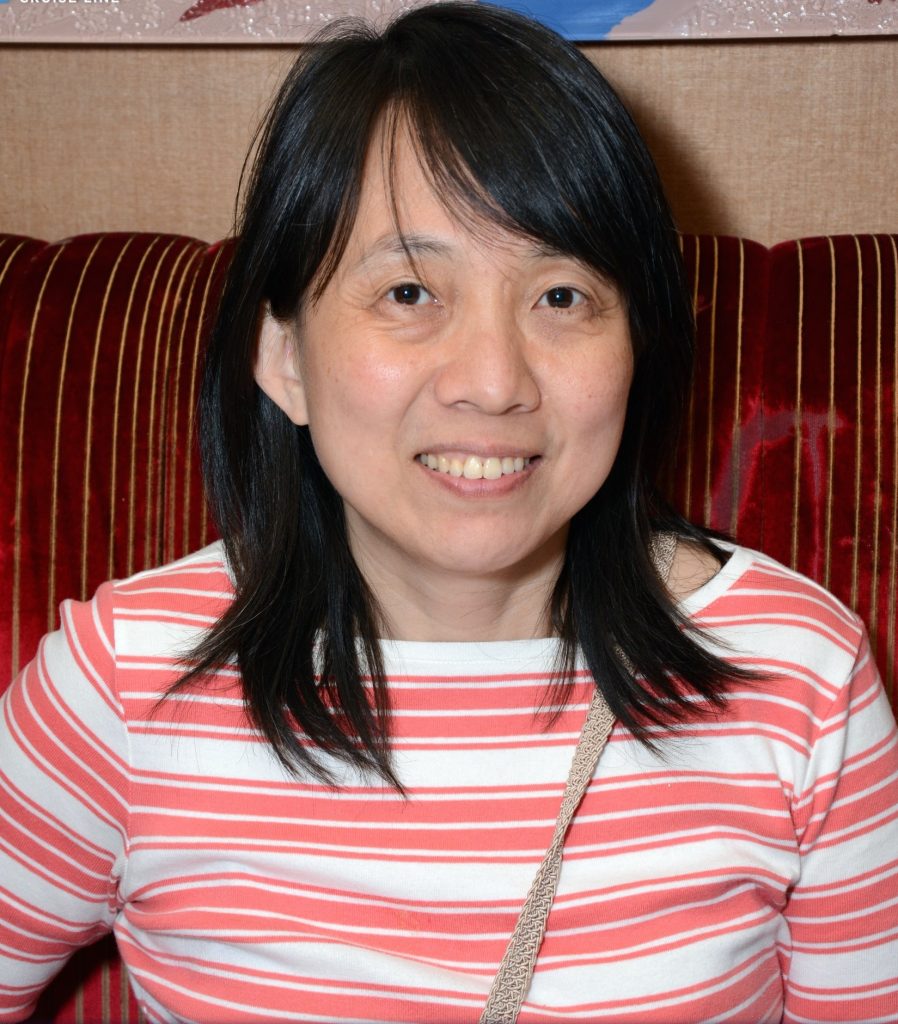
Our group studies and utilizes three-dimensionally confined nanoparticles such as colloidal quantum dots (QD) and plasmonic nanoparticles (NP) to build various nanophotonic devices. These materials harvest strong near-field interaction with light, and have opened new directions in nanophotonic devices and integration, as well as various applications in biomedicine and nanotechnology. We investigate light detection, harvesting, stimulation of cells and trapping using nanostructures. In addition, we also pursue device integration in micro-scale utilizing optical MEMS technology. Read More
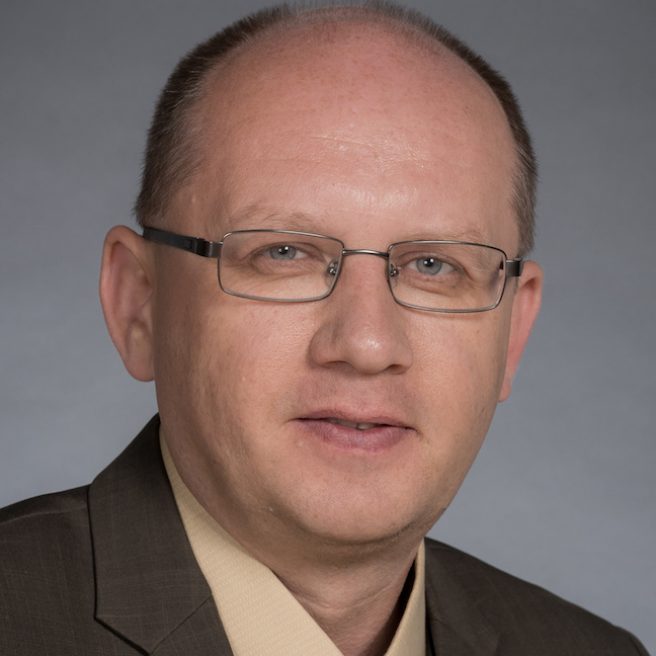
The goal of our research is to create new sensor and automation technology applications in such fields as non-destructive testing, power engineering, and manufacturing control using latest advances in signal processing, robotics, and communications. We are particularly interested in developing energy-efficient electrohydrodynamic air movers and using dielectric spectroscopy for non-destructive testing and forensics. Read More
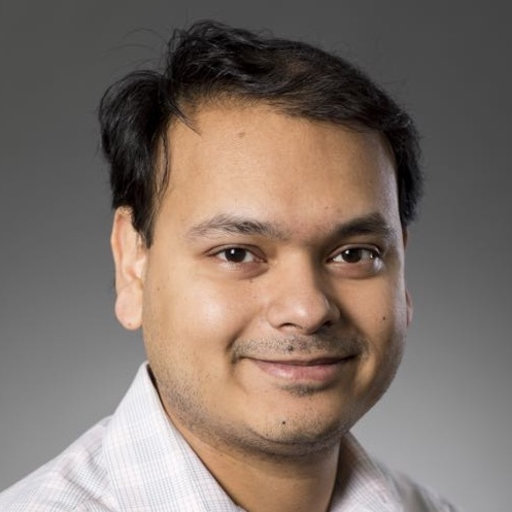
Our research is focused towards developing new nanophotonic devices where we can engineer light-matter interaction to enable few photon optoelectronics. Read More
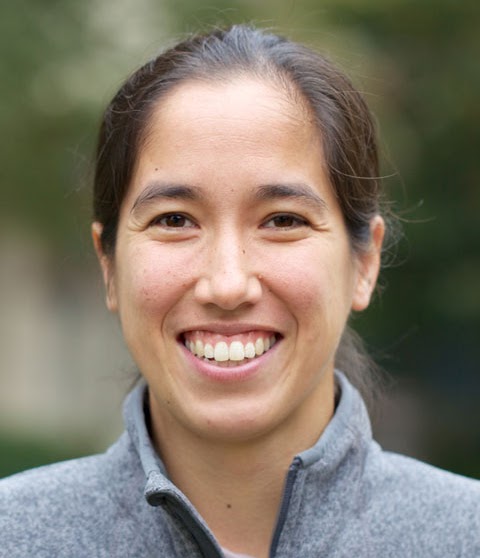
In the Optical Spintronics and Sensing Lab we study the quantum properties of point defects in crystals. In high purity crystals, simple quantum systems exhibiting a high level of quantum coherence can be realized. Read More